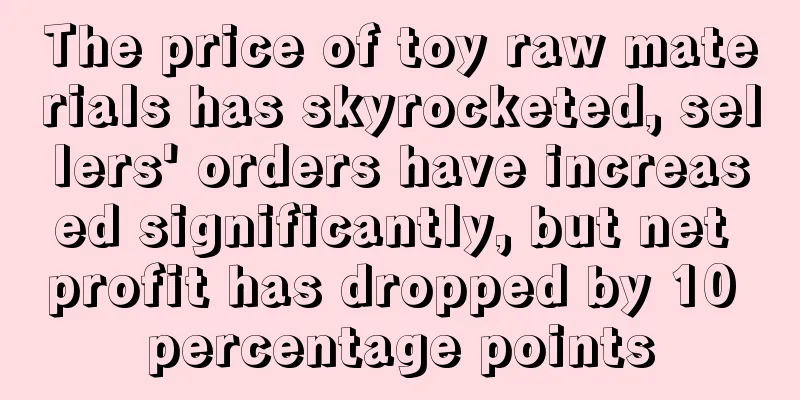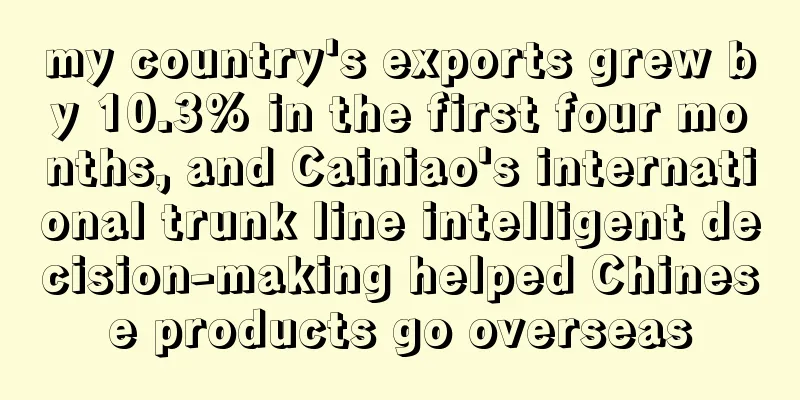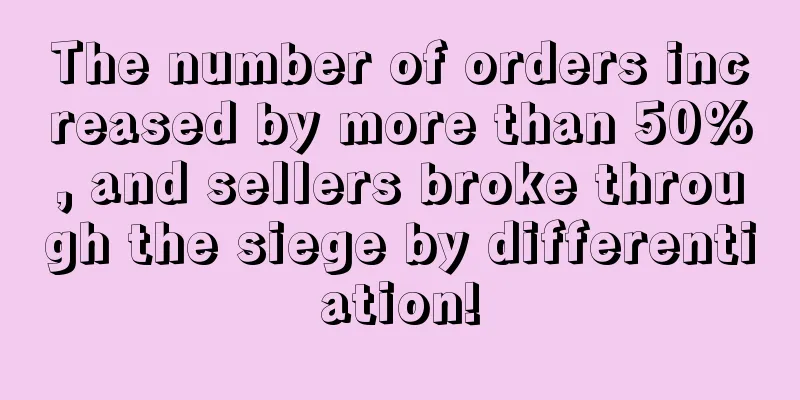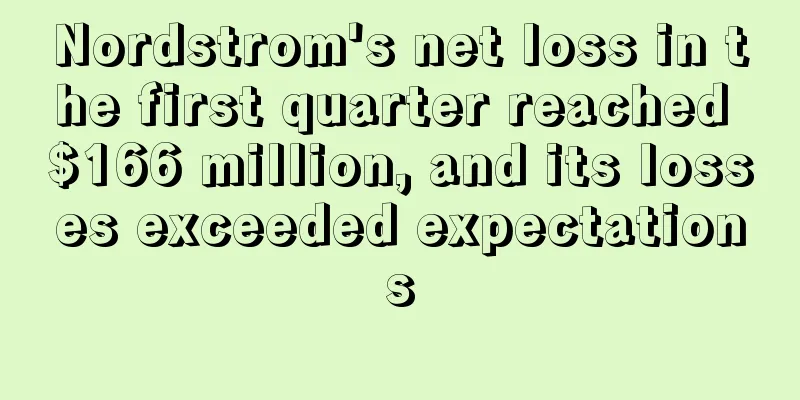The price of toy raw materials has skyrocketed, sellers' orders have increased significantly, but net profit has dropped by 10 percentage points

|
Raw materials prices increased too much, toy companies saw “increase in volume and decrease in profits”
CCTV Finance reported that during the epidemic, affected by the overseas "stay-at-home economy", China's toy companies' export orders increased significantly, but recently the net profits of many Guangdong toy companies have declined.
The seller said: Last year, product sales increased by about 40%, but profits fell by nearly 10 percentage points, mainly because the price of raw materials increased too much.
It is reported that since the fourth quarter of last year, the prices of ethylene and ABS plastics, the main raw materials for plastic products used in toys, have increased to varying degrees. The price of PA (polyamide) material was around 16,000 yuan per ton in October last year, but now it has risen to 24,000 yuan per ton, an increase of nearly 50%.
Data shows that as of mid-April, the price of styrene rose 88.78% year-on-year, and the price of ABS (South China) rose 73.79% year-on-year.
The price of raw materials has increased so much, but toy companies have to consider many factors such as order volume when raising prices, and they only dare to increase them by 3 percentage points. Therefore, they have mixed feelings when receiving orders. Some small and medium-sized enterprises with weaker risk resistance are beginning to face survival difficulties.
Seller: It is unreasonable. We can’t buy goods even if we pay more than 20,000 yuan per ton.
Due to limited supply and strong demand, the price of bisphenol A (BPA) in Asia has soared to a record high, reaching $2,800-3,000 per ton in March. As a result, the price of PC market has remained high, with many grades breaking the 30,000 yuan mark, setting a new record high.
On the one hand, after the epidemic, all countries are trying to stimulate the economy, and various subsidies have inevitably led to inflation: "Central banks around the world are flooding the market with money, and inflation expectations will definitely be reflected first in commodities, with copper and iron prices soaring."
On the other hand, the raw materials for plastics are mostly made of crude oil, and the current international crude oil prices continue to rise. Affected by this, the prices of domestic oil-related industries have also entered a stage of continuous rise. Plastics and plastic substitutes at the downstream of the petrochemical chain are also inevitably jumping up.
Despite this, many sellers still feel that the current price increase in the plastics industry is unreasonable: "PBAT (biodegradable thermoplastic plastic) only costs 8,000 yuan, but it is sold for more than 20,000 yuan. What makes sellers even more frustrated is that "even if PBAT costs more than 20,000 yuan per ton, I can't buy it."
Giants jointly cut production, and upstream and downstream companies continue to compete
Some sellers also believe that this wave of raw material price increases is not entirely driven by accidental supply and demand relationships, and the joint production cuts among giants are also one of the reasons for this wave of price increases.
The "shortage wave" that appeared at the source is gradually spreading. Under the serious imbalance between supply and demand, the seller's market trend is prominent. There are also many hype factors, which have increased people's anxiety. The situation of queuing for purchases has become more and more intense, eventually forming a closed-loop effect of "price increase-shortage-price increase again".
A businessman in the chemical industry said: "This is a game between upstream and downstream. It depends on which one will collapse first. Now it depends on whether the downstream can't bear the orders or the upstream can't bear the replacement."
To make matters worse, since the second quarter, many chemical companies have arranged to stop production for maintenance, which has directly affected production supply, making the already pessimistic chemical market even worse, and is likely to contribute to an upward trend in prices of many plastic products.
Not only that, petrochemical giant BASF recently announced that the kaolin business is increasing prices for its entire product portfolio by 10%, and the price change is effective for all materials on or after May 1, 2021 or as permitted by the contract. Pigments, resins, TGIC and other chemical products also have bullish expectations and may continue to jump in May. E-commerce platform Cross-border e-commerce market Raw materials |
<<: Netflix Q1 revenue exceeded expectations, but net new subscribers fell sharply
>>: The number of sellers has reached 10 million. What is the magic of Etsy in the United States?
Recommend
Amazon reviews exceed 184,000! Waffle maker becomes popular on TikTok
The rise of social media not only provides people...
Promising prospects! Ozon platform Turkish orders increased 14 times
Yesterday, Sergei Belyako , CEO of Russian e-comm...
ASEAN's internet economy expected to grow to US$300 billion by 2025, says Malaysia's communications minister
Recently, according to foreign media reports, Mal...
76% of Spaniards prefer online shopping, with Amazon being the most popular platform
According to a recent study of Spanish consumers,...
Sold out! This Southeast Asian country is in lockdown again, and 550,000 pieces of this product were sold in 5 days
It is reported that in view of the fact that the ...
Indonesia's economy to grow 7% in second quarter as Ramadan approaches
With the arrival of Ramadan and Eid al-Fitr, many...
What is Health-Ade? Health-Ade Review, Features
Health-Ade is a kombucha brand that was founded i...
What is AZConnect? AZConnect Review, Features
<span data-docs-delta="[[20,{"gallery"...
What is The Pill Club? The Pill Club Review, Features
Founded in 2014, The Pill Club is a women's h...
FBA rejects shipments! Sellers’ shipments delayed 120 days
Amazon 's RDU4 warehouse seems to have collap...
What is Uber Travel? Uber Travel Review, Features
Uber Travel, translated into Chinese as "Ube...
Black Friday in Canada loses its luster, with total retail sales down 6%!
According to foreign media reports, the fourth qu...
79% of consumers are more likely to shop on social media
An agency previously surveyed 3,373 British shopp...
What is Rentomojo? Rentomojo Review, Features
RentoMojo is an Indian furniture and appliance re...
Amazon may lose India if wholesale business shuts down
From layoffs to business closures , Amazon's ...









